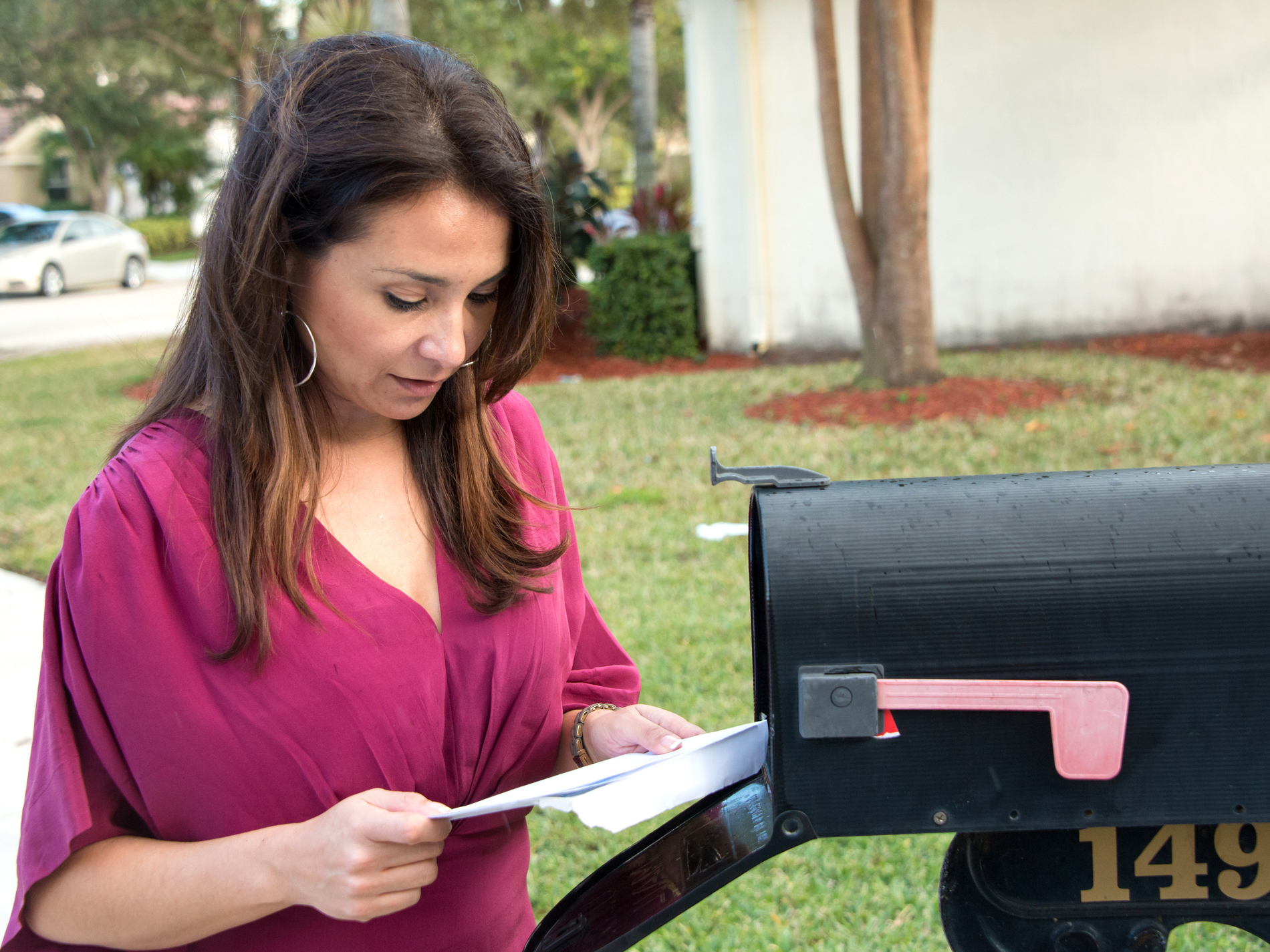- More than 80 million Americans who qualify for automatic stimulus payments should have received them by direct deposit.
- If the IRS doesn’t have your bank information because you have no tax liability or normally don’t get a refund, you can use its online tools to get your payment as soon as possible.
- If you don’t give the IRS direct-deposit info, it will send your stimulus check to your last known address. Those checks will be sent out starting at the end of April through early September.
- Americans who receive federal benefits will be getting their payments in the next few weeks in the same way they normally get their benefits.
- The schedule is subject to change. This post will be updated to reflect the latest information.
- Read more personal finance coverage.
Over 80 million Americans were slated to receive a stimulus payment in the last week, according to a Treasury Department release.
While the IRS is attempting to get payments to people as soon as possible by direct deposit, it’s still going to have to issue paper checks to millions of people who haven’t provided bank details.
If you don’t receive federal benefits, such as Social Security, you can track your stimulus payment on the IRS website, which is updated once a day. Here’s when you can expect your stimulus payment to arrive, based on all the information we have so far.
The schedule is subject to change. This post will be updated to reflect the latest information.
Where is my stimulus check being sent?
Most people who qualify don't have to sign up or apply for anything to get a payment. If you filed 2018 or 2019 tax return and got a tax refund, the money is being sent to the same account where you received your refund.
If the bank account has been closed the payment will bounce back to the IRS and they'll send a paper check to the address listed on your latest tax return or change-of-address filed with the US Postal Service. If you didn't get a tax refund in the last two years, the IRS asks that you enter your bank information in an online tool or wait for a paper check.
If you receive Social Security retirement or disability benefits, Railroad Retirement benefits, Supplemental Security Income (SSI), or Veterans Affairs (VA) benefits, you'll get your stimulus payment the exact same way you normally get paid, whether by direct deposit, Direct Express, or mail.
The IRS is urging people who don't file a tax return or get federal benefits to use an online tool to submit basic personal and bank details if they want to get their payment as soon as possible by direct deposit. TurboTax has also launched a free portal of its own for non-filers who want to submit direct-deposit details to the IRS.
If the IRS does not have your current bank information, you'll get a check in the mail.
If you receive a call, email, Facebook message, or other communication about your stimulus check, it's probably a scam. The government will never ask you to verify personal information over the phone and certainly will not ask for money.
Up to 80 million people were reportedly paid by April 17
The Treasury Department said in a news release that over 80 million Americans who have filed a 2018 or 2019 tax return and use direct deposit were expected to see their stimulus checks in their bank accounts by April 17.
If you have filed a return in the last two years but didn't provide direct-deposit information because you typically don't get a refund, you can use a new IRS tool to enter your bank information and speed up your payment.
Dependents older than 16, people without a Social Security number, and those with incomes above $99,000 (or $136,500 if you file as a head of household) will not be getting a stimulus check.
SSI recipients will be paid by early May
Automatic stimulus payments will go to Americans on Social Security retirement and disability benefits, Railroad Retirement benefits, SSI, and VA benefits, even if they haven't filed a recent tax return. The payments will be for the maximum amount - $1,200 - and paid by deposit or mailing information where they normally receive their benefits.
Treasury said in a news release that SSI recipients specifically would get their payments by early May, but has not given an expected arrival date for other federal beneficiaries.
Paper checks will start going out April 24
People who qualify for a payment but have not provided direct-deposit information to the IRS can expect to receive a paper check to their last known address.
The IRS will begin issuing these checks on April 24, according to an internal memo reviewed by The Washington Post, and prioritize low-income Americans.
Checks for people with an adjusted gross income (AGI) of $10,000 or less will be sent out around April 24.
The last group of people to get paid should be issued paper checks by September 11
From there, the IRS will send out 5 million paper checks a week, moving up the income thresholds in $10,000 increments, according to The Post's report. For instance, people with incomes above $20,000 and less than $30,000 will be sent checks on May 1. On May 8, people with incomes between $30,000 and $40,000 will be sent checks, and so on.
The process of mailing checks is expected to continue until September 4, when joint filers with an AGI of $198,000 - the cutoff for the minimum stimulus payment - will receive theirs.
According to The Post, remaining payments for those who the IRS had no prior deposit information will be sent on September 11.
- Read more on managing your money in this tumultuous time:
- 3 options for people struggling to pay their mortgage during the global health crisis
- 4 reasons to get disability insurance, even if you don't think you need it
- If you've been financially impacted by the coronavirus, you may be able to pause payments on these 8 bills
- How to get a stimulus check from the US government, which could pay up to $1,200 if you qualify
- In response to the coronavirus, credit card issuers like Amex and Capital One are letting customers skip payments without interest and more

